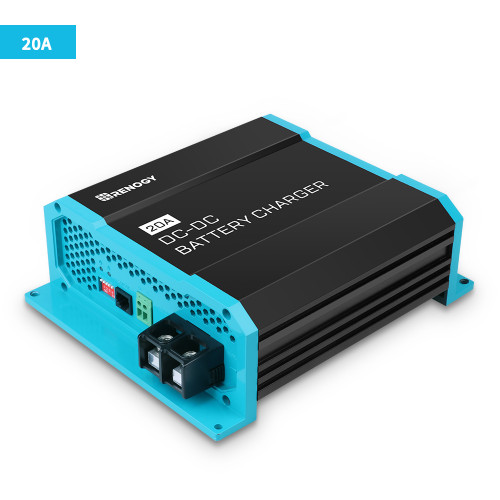oldspice
New Member
- Joined
- Apr 9, 2021
- Messages
- 23
Just have some confusion around the topic, after doing as much reading as I could find.
I gather that it limits the amperage so that it doesent over heat the alternator? Is this the main reason for using it?
it also gives a “charge profile” but I’m curious how this is different from an alternator as it also adjusts .
Is this something you only need for lithium batteries or is it for agm too because in all the YouTube videos I’ve seen they only show you how to install smart isolators/ relays and never this dc-dc thing.
thanks for helping me understand as I get asked a lot about what to do for vans and I’m not quite sure what to recommend people (or myself)
I gather that it limits the amperage so that it doesent over heat the alternator? Is this the main reason for using it?
it also gives a “charge profile” but I’m curious how this is different from an alternator as it also adjusts .
Is this something you only need for lithium batteries or is it for agm too because in all the YouTube videos I’ve seen they only show you how to install smart isolators/ relays and never this dc-dc thing.
thanks for helping me understand as I get asked a lot about what to do for vans and I’m not quite sure what to recommend people (or myself)






